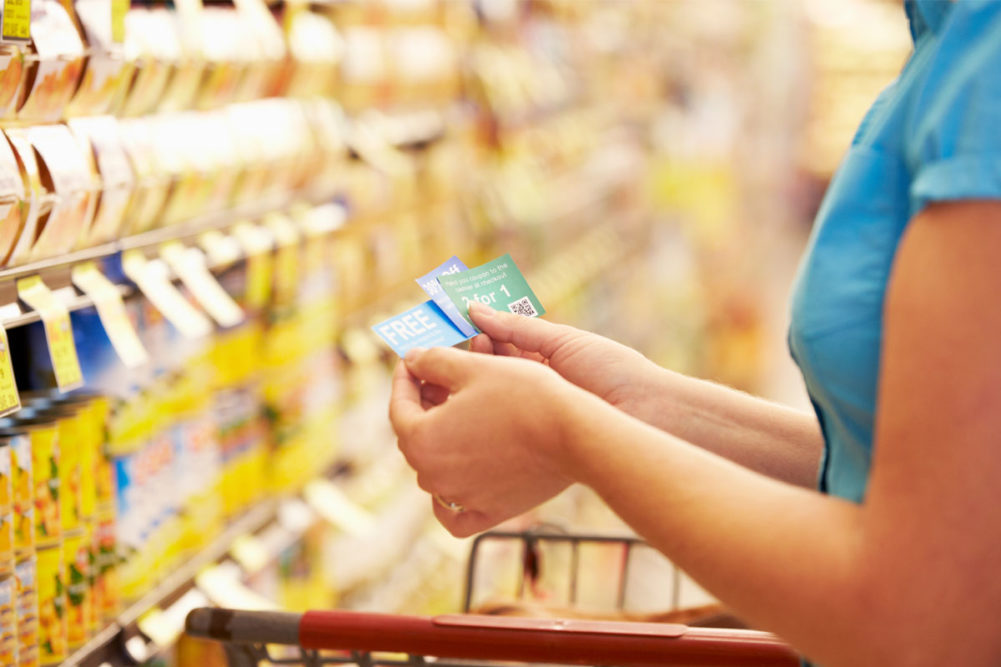 Josh Sosland, editor of Milling & Baking News.
Josh Sosland, editor of Milling & Baking News.KANSAS CITY — With rising food prices comes finger pointing. Two articles published on successive days by The New York Times accuse consumer packaged goods companies of unscrupulously taking advantage of disruptions caused by the pandemic and Ukraine-Russia war to pad profits. In scapegoating the food industry, the articles play fast and loose with the facts.
The first article, “The real reason your groceries are getting so expensive,” attributes higher prices principally to consolidation among food retailers but also takes aim at large consumer packaged goods companies. Major food companies, the article says, “have over time increasingly been able to raise prices and as a result have reported soaring profits over the past two years.”
In fact, financial results across the food industry have varied widely. Soaring profits have been scarce — falling profits or single-digit gains have been far more common. Adjusted earnings in 2022 or year-to-date in fiscal 2023 were up 12% at Mondelez International, Inc.; up 14% at General Mills, Inc.; up 1.2% at Kellogg Co.; and up 8% at Kraft Heinz Co.; but were down 11% at Conagra Brands, Inc. and down 7% at The J.M. Smucker Co.
The second story — “Companies push prices higher, protecting profits but adding to inflation” — focuses more directly on CPG companies.
The article quotes Albert Edwards, a global strategist at Societe Generale, who says companies have leveraged cost inflation not only to maintain margins and pass along higher costs but “as a cover to expand margins.”
Also quoted is Samuel Rimes, an economist and managing director of Corbu, a research firm, who said the past year offered a “perfectly good excuse” to raise prices. He continued, “Everybody knew that the war in Ukraine was inflationary, that grain prices were going up, blah, blah, blah. And they just took advantage of that.”
The provocative quotes are not backed up with data showing CPG companies expanding profit margins. The Times cites PepsiCo, Inc. as a “prime example of how large corporations have countered increased costs, and then some.” The story goes on to quote PepsiCo chief financial officer Hugh Johnston who in February said the company’s margins in 2023 would match and possibly beat the 13.3% the company generated in 2022. Context here is key. PepsiCo’s 2022 margins were the lowest in years, falling shy of 14% in 2021 and sharply off from the recent peak of 16.2% generated in 2016.
PepsiCo is indeed a “prime example,” not of companies countering higher costs “and then some” but of businesses striving to claw back profit margins to pre-pandemic levels. In fact, buried deep in The Times story is an acknowledgement that profit margins of S&P 500 companies currently are below 2021 levels, at odds with the story’s premise that food companies have piggybacked higher costs to boost margins.
Consumer packaged goods companies should expect media scrutiny during periods in which consumer prices rise sharply. Inflation for food at home surged to 11.4% in 2022, according to Consumer Price Index data from the US Department of Labor, the highest annual jump in decades. Food inflation has continued into 2023 but at a slowing pace.
Still, food companies should not need to defend the importance of maintaining profit margins, a basic measure of the underlying health of a business. Adequate profit margins are crucial for companies to invest in their business for growth and innovation, provide a return to shareholders and withstand economic downturns.
With food supplies as tight as at any time in recent years, CPG companies rightly have fought off temptations to price gouge. Concerned that higher food prices have begun to adversely affect consumer buying habits, CPG executives do not want to raise prices any more than necessary to protect margins. The food industry should focus on finding a way to deal with challenges posed by changing consumer preferences rather than deflecting misleading attacks from the media.






